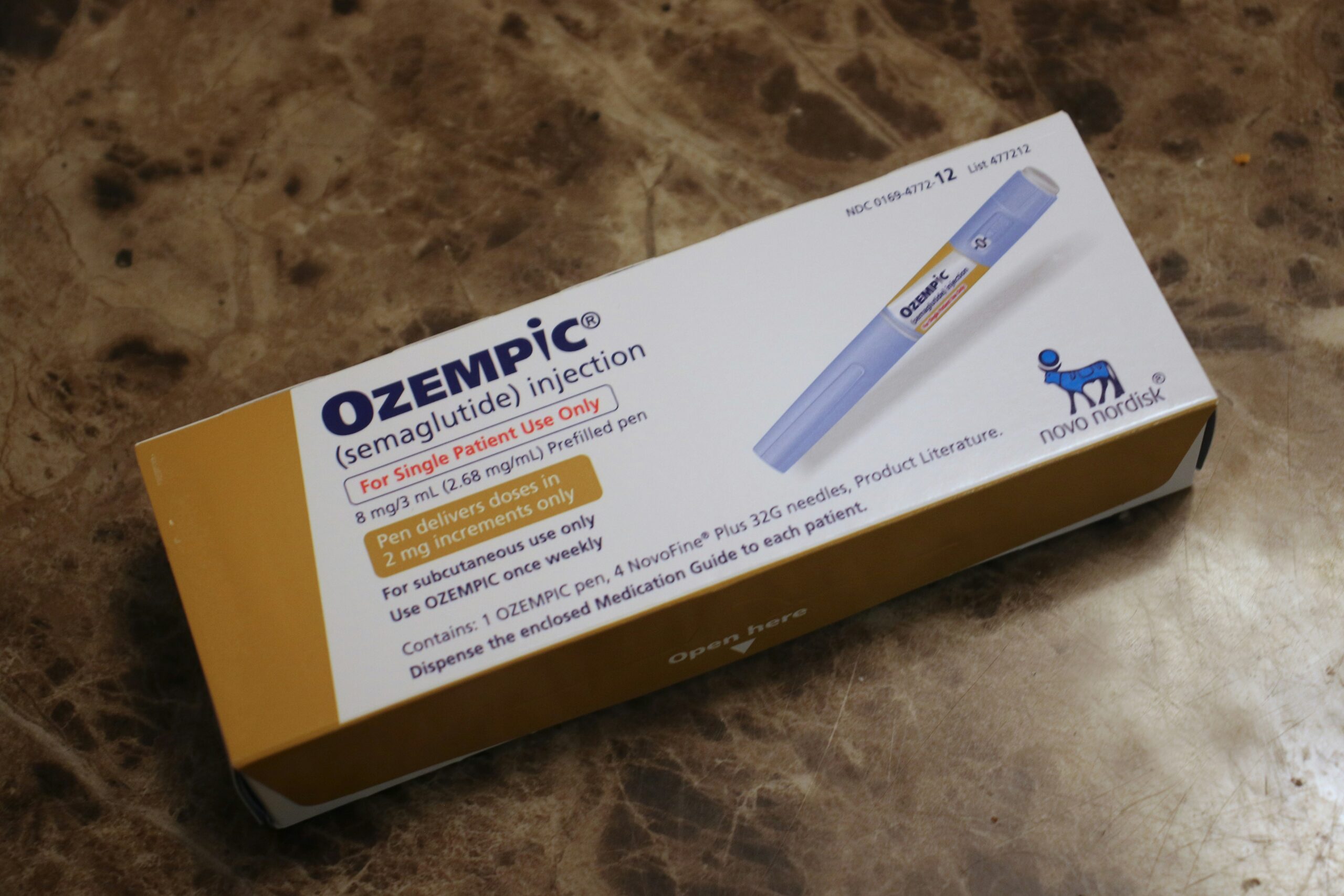A biomarker has been discovered for a class of drugs known as “senolytics,” which kill senescent cells. These are cells thought to cause a wide variety of diseases, and being able to measure the impact of potential pharmaceutical cures is key.
Good pharmaceuticals need to have some sort of biomarker — a footprint in our bodies so physicians administering, or researchers studying a certain drug can track its effectiveness. Being able to measure the impact of senolytics opens up not only pharmacological doors, but many in the field of anti-aging as well.
In the centuries-old struggle to answer the question of why we age, recent research has uncovered one major culprit: senescent cells.
“The list of age-related diseases definitively linked to cellular senescence keeps growing, as does the number of biotech companies racing to develop drugs to eliminate senescent cells,” said Buck professor Judith Campisi, PhD, senior scientist on the corresponding study.
Cellular senescence is an irreversible mechanism of cellular arrest that prevents long-lived cells from mutating into cancers. A normal cell becomes a senescent cell when signals indicating a part of the cell may be developing oncologic genes causes the cell to activate the arrest process.
Instead of dying like what happens during apoptosis, a similar cellular cleanup and repair process, senescence places the cell in a kind of limbo, where it can neither mutate nor divide. Once it reaches this state, it begins to exude a stew of molecules that appear to accelerate the aging process by heightening inflammation.
Senolytics are hypothesized as a cure to this phenomenon, by clearing away the no-longer functional senescent cells, preventing them from releasing their inflammatory stew which has been linked to glaucoma, lung disease, arthritis, and Alzheimer’s.
New Horizons
The new biomarker was developed as part of a test by researchers at the Buck Institute for Research on Aging, and can be applied non-invasively. It focuses on an oxylipin, or an oxidized fatty-acid, that is normally only found within the senescent cell, but which also releases into the bloodstream upon the cell’s death.
“While the field has never been more promising, the lack of a simple biomarker to measure and track efficacy of these treatments has been a hindrance to progress. We are excited to bring this new biomarker to the field and look forward to it being used in the clinic,” Campisi said.
The inflammatory stew mentioned earlier is referred to as “senescence-associated secretory phenotype,” or SASP, and promotes chronic inflammation along with wound healing. SASP also synthesizes a lot of oxidized polyunsaturated fatty-acids, in particular a kind known as a prostaglandin, which in turn promote the spread of SASP and the permanent growth arrest of the senescent cell.
Free polyunsaturated fatty-acids that have nothing else to do are accumulated inside senescent cells where they are used to manufacture other oxylipins. Released upon the cell’s death at the hands of a senolytic drug, the oxylipin is detectable in both urine and blood, giving anyone who wants to an easy way of measuring if the drug is working.
Campisi hopes this will bring more attention to the field of senescence, and that their biomarker test will help pharmaceutical companies to develop better drugs to deactivate senescence, and help stem the growing number of chronic age-related diseases in our society.



